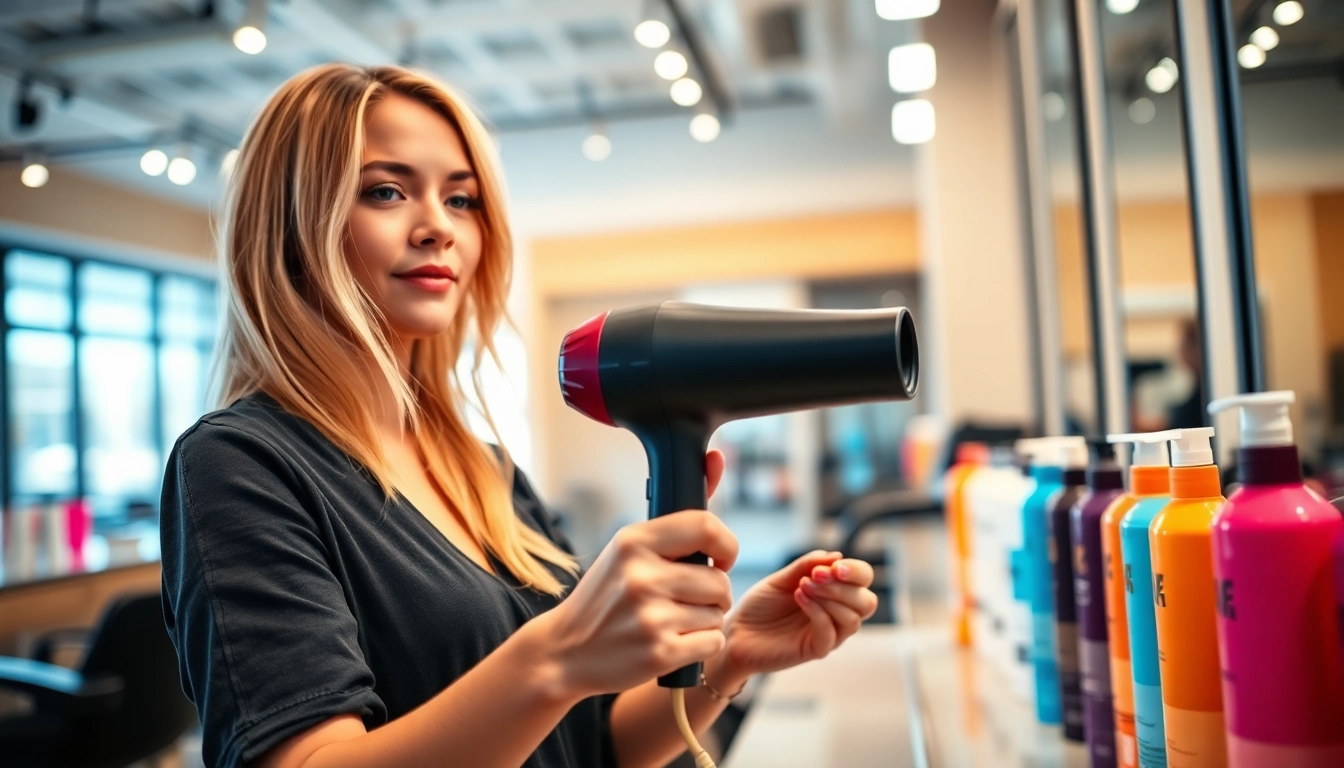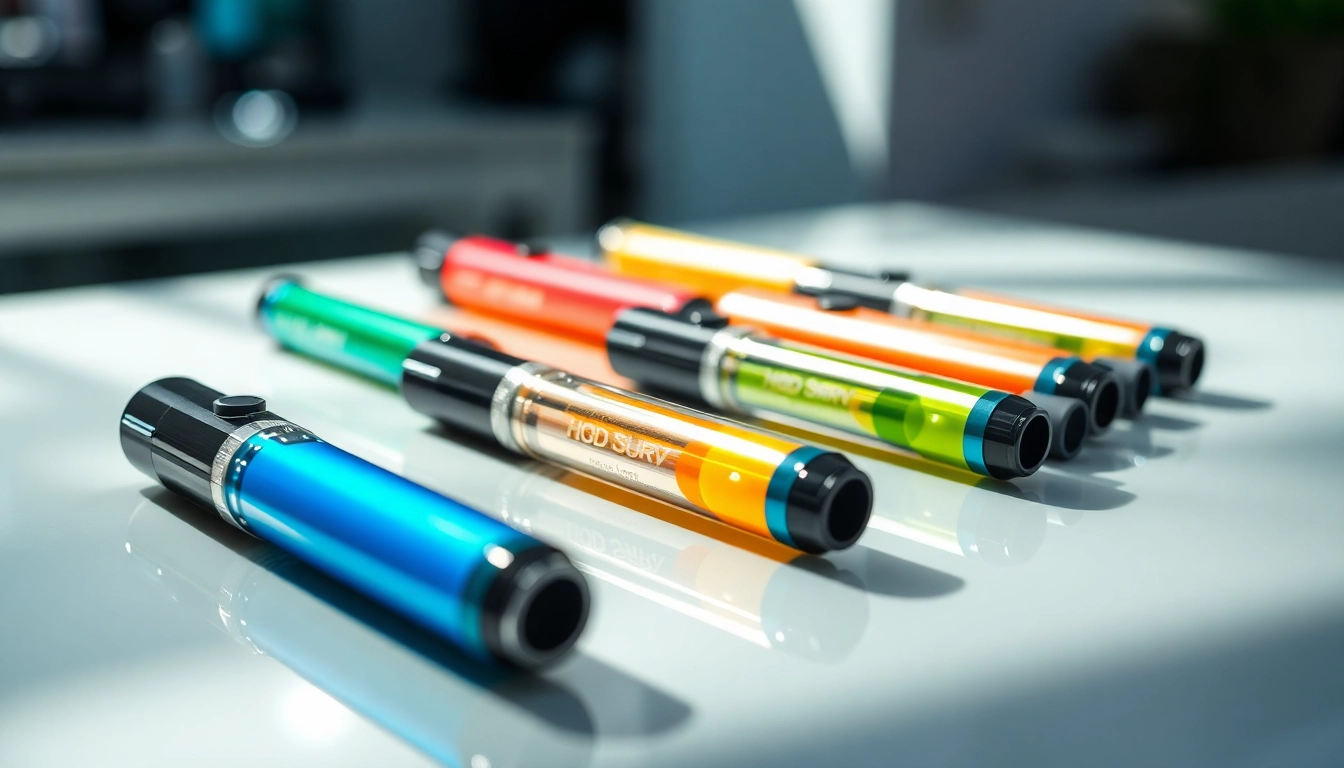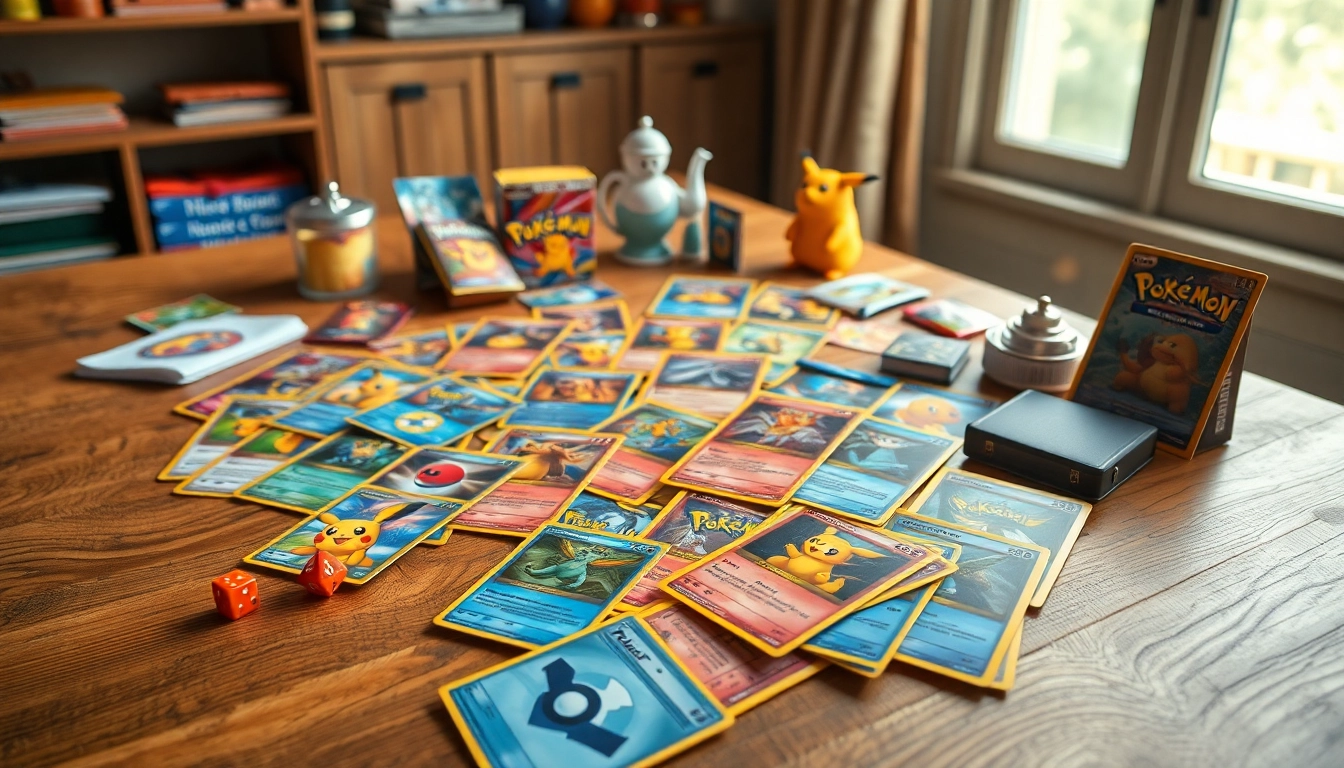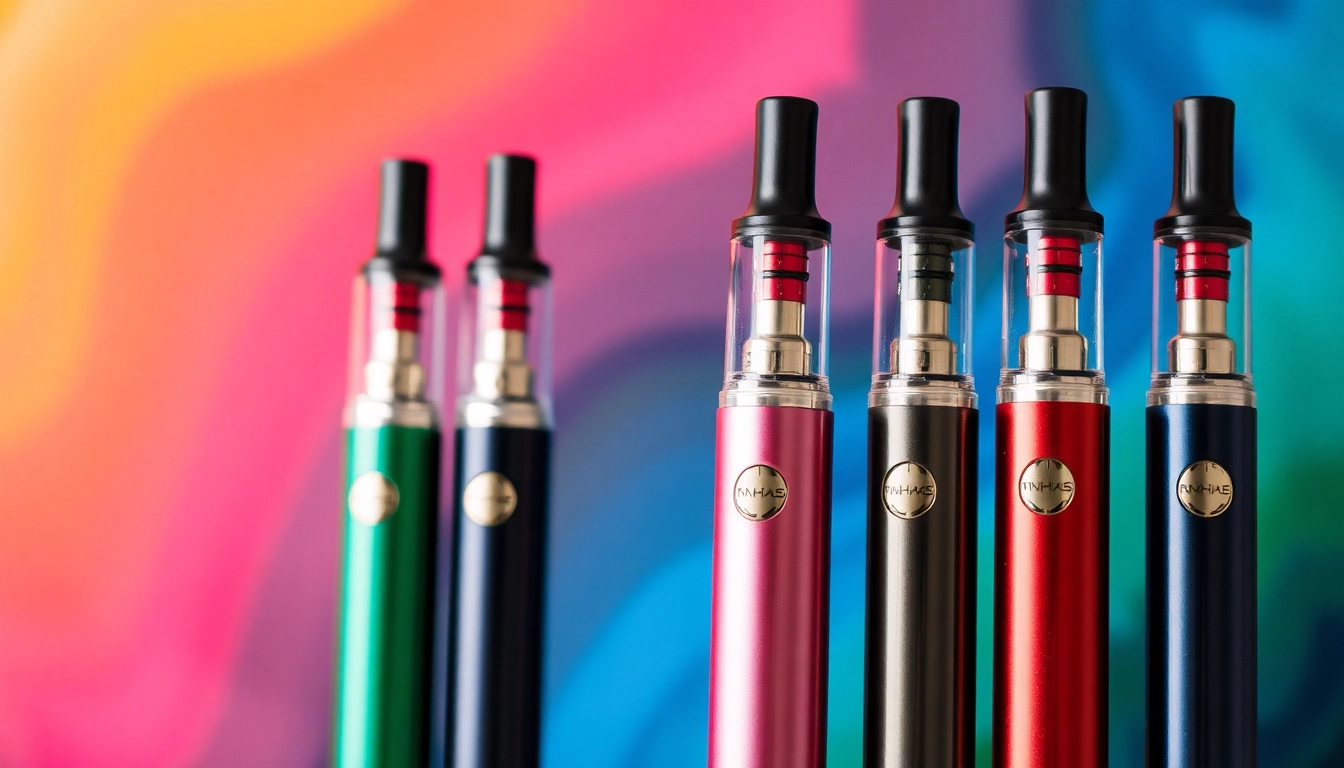Understanding the Features of the Best Blow Dryer
When it comes to hair care, the tools you choose can make a significant difference in achieving the desired results. Among these tools, the blow dryer is essential for styling and drying hair effectively. The best blow dryer does more than just dry your hair; it offers features that can enhance your styling routine and contribute to healthier hair. To make an informed decision, it’s important to understand the key features of blow dryers, such as wattage, heat settings, and ergonomic design.
Why Wattage Matters for Optimal Performance
The wattage of a blow dryer is a critical factor that determines its efficiency and effectiveness. Typically, higher wattage means faster drying times, which is especially beneficial for people with thick or long hair. A blow dryer with a wattage of at least 1800 watts is usually recommended for quick and efficient drying. However, wattage isn’t the sole indicator of performance; it must be paired with good heat technology.
Consumers should consider their hair type when choosing wattage. For fine or damaged hair, a lower wattage may suffice because less heat can help prevent further damage. Conversely, individuals with coarse or thick hair might require higher wattage to achieve satisfactory results quickly. Ultimately, selecting the right wattage can lead to healthier hair by reducing the time spent under heat.
The Role of Heat and Speed Settings
Heat and speed settings are pivotal in tailoring the blow-drying experience to individual hair types and preferences. Most blow dryers come with multiple settings, allowing users to adjust both heat and airflow. This flexibility is important because different hair types react uniquely to heat. For example, fine hair benefits from lower heat settings that dry without causing damage, while thick or curly hair often requires high heat to ensure a thorough dry.
Speed settings also play a role in styling. A faster airflow can significantly cut down drying time, making it easier for users to style hair on busy mornings. Many high-quality blow dryers include a cool shot button, which releases a burst of cool air to set styles in place and minimize frizz. This feature is especially crucial for achieving a polished look.
Ergonomics: Comfort During Use
Ergonomics in blow dryer design aims to enhance user comfort and reduce fatigue during styling. Blow drying can take several minutes, especially for longer hair, making weight and grip factors critical. A well-designed blow dryer should feel comfortable in hand, lightweight, and easy to maneuver. Look for ergonomic shapes that allow natural wrist positioning and minimize strain. If a blow dryer feels heavy or awkward, it can lead to discomfort and affect the quality of styling.
In addition to the weight and shape, consideration of cable length and flexibility also adds to the overall ergonomics. A longer, flexible cord allows for greater reach and ease of use without feeling restricted. Therefore, when seeking the best blow dryer, pay attention to its overall design and user comfort.
Comparative Analysis of Different Blow Dryer Types
With the myriad of blow dryers on the market, understanding the distinctions among various types is crucial for making an informed purchase. The most common types include conventional, ionic, and travel-sized blow dryers. Each type has unique features that cater to different needs, whether you seek efficiency, portability, or specialized styling capabilities.
Conventional vs. Ionic: Which is Better?
The debate between conventional and ionic blow dryers often centers on the technology used to dry hair. Conventional blow dryers utilize basic heating elements to produce warm air, which can often lead to frizz or damage if not used carefully. Ionic blow dryers, on the other hand, emit negatively charged ions that break down water molecules in the hair, allowing for quicker moisture dispersion.
With ionic dryers, the result is typically smoother, shinier hair with significantly reduced frizz. They are particularly advantageous for individuals with curly or coarse hair looking for a sleek finish. While ionic models are often more expensive, the benefits they provide in terms of hair health and drying efficiency can justify the added cost. Thus, for users who prioritize hair health, an ionic blow dryer may be the superior choice.
Tours of Travel-Sized Blow Dryers
Travel-sized blow dryers are designed for portability and convenience without sacrificing performance. A good travel blow dryer should be compact, lightweight, and dual voltage for use worldwide. While they may not always offer the same power as full-sized models, advancements in technology mean that many travel dryers can still provide effective drying and styling capabilities.
When selecting a travel-sized blow dryer, consider features such as heat settings and attachable diffusers that can enhance the versatility and functionality. Travel dryers often come with foldable handles and a compact design, making them easy to pack and carry without taking up too much space. Therefore, for frequent travelers, investing in a quality travel blow dryer is advisable to maintain great hair while on the go.
Choosing Between Professional and Consumer Models
The decision between professional and consumer models often boils down to frequency of use and desired results. Professional blow dryers are typically more powerful, with higher wattage and advanced features designed for salon use. These models provide quick drying times and often have a longer lifespan, making them ideal for hairstylists and dedicated at-home users who require consistent performance.
Consumer models, however, are designed for everyday use and may offer a more budget-friendly option for those who blow dry their hair occasionally. While they may lack some high-end features, many still perform adequately for typical hair types and drying routines. For people new to styling or who have minimal drying needs, a consumer model may be perfectly sufficient.
Ultimately, assessing your styling habits and hair care needs will guide you in determining whether a professional or consumer model is the best fit for you.
Tips for Using the Best Blow Dryer Effectively
Maximizing the potential of the best blow dryer involves not only selecting the right device but also employing effective techniques during use. With the right approach, users can achieve salon-quality results while minimizing damage and promoting healthy hair. Here are essential tips to consider for optimal blow-drying experiences.
Preparing Your Hair for Drying
Properly preparing your hair before blow drying is crucial for achieving the best results. Start with washing your hair using a gentle shampoo and conditioner suitable for your hair type. After washing, gently towel dry your hair to remove excess moisture without causing frizz. Avoid rubbing as it can damage the cuticle; instead, pat to soak up water.
Use a heat protectant spray to shield your hair from potential heat damage. Many heat protectants also contain beneficial ingredients that help prevent frizz. Next, consider detangling your hair with a wide-toothed comb or a brush designed for wet hair to minimize breakage. Once your hair is prepped, you’re ready to start blow drying.
Techniques for Reducing Frizz
Frizz control is one of the main concerns when blow drying, especially for individuals with textured or curly hair. To reduce frizz, utilize the nozzle attachment that comes with your blow dryer, as it directs airflow more precisely. Make sure to dry your hair in sections for more control, starting from the bottom and working your way up.
Keep the blow dryer at a distance of about six inches from your hair and ensure that you’re moving continuously to avoid concentrating heat in one area. Utilize a round brush for smoothing. Additionally, employing the cool shot function at the end of the drying process can help seal the cuticle and lock in moisture, resulting in smoother, frizz-free hair.
Post-Drying Care for Long-Lasting Styles
Once you have finished drying your hair, it’s essential to adopt a post-drying routine to maintain your style and keep your hair healthy. Applying a lightweight serum or oil can help add shine and tame any remaining frizz. Look for products that contain natural oils, such as argan oil or jojoba oil, which nourish the hair and impart a beautiful sheen.
Moreover, refrain from touching or messing with your hair too much after styling to prevent it from losing its shape. You might also consider using a flexible-hold hairspray or finishing spray to set your style, keeping it in place throughout the day. Establishing a solid post-drying routine will help you enjoy your blowout for longer and support healthy hair habits.
Common Mistakes to Avoid with Blow Drying
Even with the best tools, mistakes during blow drying can lead to undesirable results and damage to hair. Being aware of common pitfalls and learning how to avoid them can significantly enhance your blow-drying experience. Here are some frequently made mistakes and how to sidestep them.
Over-Drying: How It Affects Hair Health
One of the most prevalent mistakes is over-drying hair. While it may seem like an effective way to achieve smoothness, it can lead to dryness and brittleness. To prevent over-drying, start blow drying while your hair is still somewhat damp (around 70% dry) and avoid continuously drying once your hair feels dry.
Additionally, use the lowest heat setting that is effective for your hair type. Limiting exposure to excess heat reduces the likelihood of damage. Remember, taking the time to dry your hair gently is more beneficial than rushing to get the job done.
Skipping Heat Protectant: Why It’s Necessary
Heat protectant is often overlooked in hair care routines but is essential for protecting hair from heat damage during blow drying. Many individuals assume that their regular products offer sufficient protection, but the specific purpose of a heat protectant is to form a barrier against high temperatures.
Applying heat protectant thoroughly to damp hair ensures that each strand is shielded from potential damage. This simple step can significantly reduce breakage and split ends, allowing for healthier hair over time. Incorporate this crucial product into your routine to preserve your hair’s quality.
Not Adjusting Settings for Hair Type
Another common mistake involves not adjusting the heat and speed settings according to individual hair types. Many users stick to one setting, which may not be optimal for their specific hair texture. For example, fine hair generally requires lower heat and speed, while thick hair benefits from higher settings to get thorough drying.
To achieve the best results, familiarize yourself with your hair type and adjust the dryer settings accordingly. Taking the time to find the right combination will foster healthier and more manageable hair.
Choosing the Best Blow Dryer for Your Hair Type
Choosing the right blow dryer is not a one-size-fits-all approach. Individual hair types dictate the best practices for drying and styling. Understanding your specific hair characteristics is vital in selecting a blow dryer that meets your needs and enhances your hair’s natural beauty.
Fine and Thin Hair: Lightweight Options
For those with fine or thin hair, it’s essential to choose a blow dryer that emphasizes low heat settings and lightweight design. High-wattage models may cause damage if not monitored carefully, so opting for a dryer with adjustable heat can be beneficial. Furthermore, lightweight models make it easier to maneuver, reducing the chances of wrist strain during styling.
Additionally, consider models that focus on ionic technology, which tend to dry hair faster without exposing it to excessive heat. This technology can enhance the shine and smoothness of fine hair while keeping it healthy.
Thick and Curly Hair: Power and Technology
Individuals with thick or curly hair require a blow dryer that offers power and efficiency. High-wattage models are preferable here, as they ensure quicker drying times and can prevent the need for prolonged heat exposure. Features such as multiple heat settings and a diffuser attachment can enhance styling flexibility.
A diffuser is particularly useful for maintaining the natural curl pattern while avoiding frizz. Moreover, investing in a dryer with ionic technology can help tame thick curls, leaving them more manageable and shiny.
Color-Treated Hair: Gentle Drying Solutions
For individuals with color-treated hair, the best blow dryer needs to focus on gentle drying methods to prevent fading and damage. Look for options that have adjustable heat settings and incorporate ceramic technology, which provides even heat distribution and reduces hot spots.
Similarly, utilizing a lower heat setting along with a heat protectant can go a long way in preserving color vibrancy while reducing the risk of thermal damage. Choosing a dryer specifically designed for sensitive needs can optimize the health and appearance of color-treated hair.



